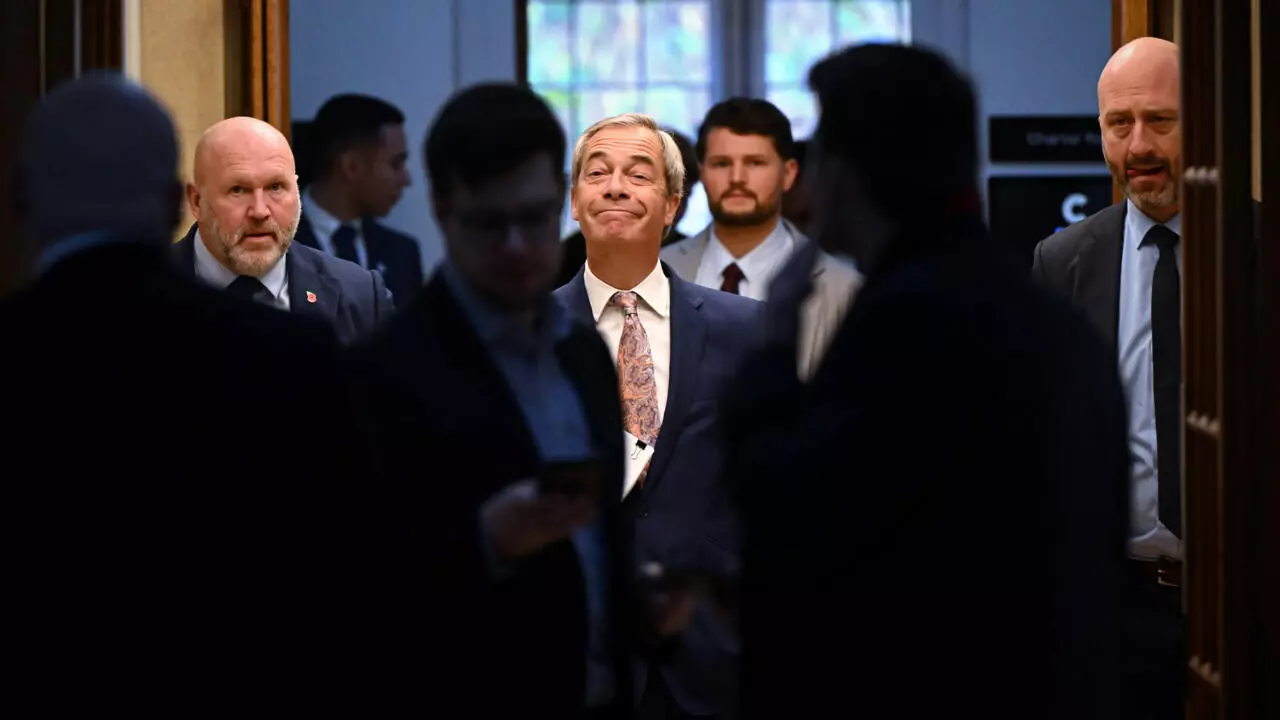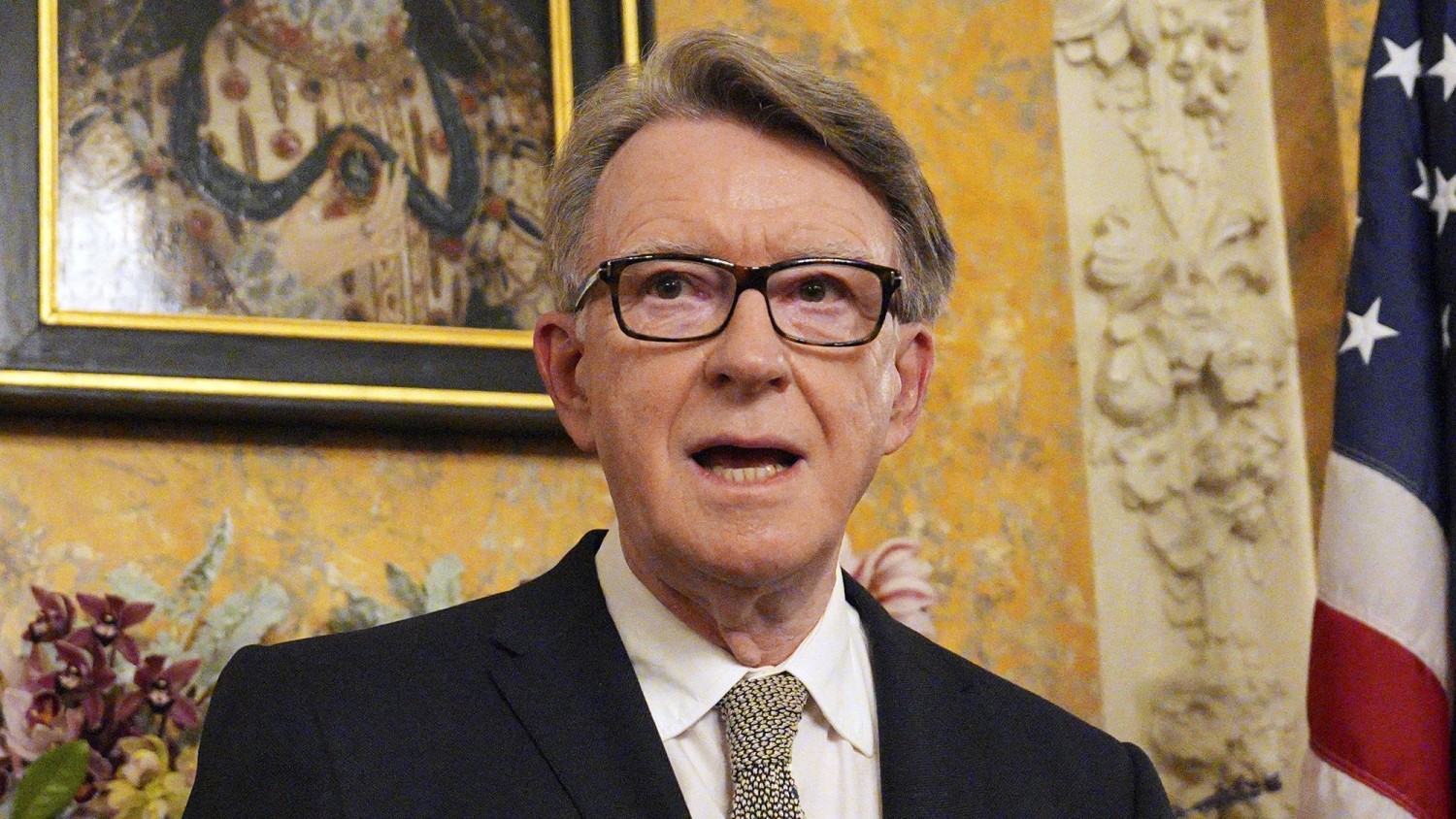Sterling volatility has jumped to the highest level in more than seven years after aGuardian poll showed the Brexit camp is in the lead, as the EU referendum campaign picks up pace.
One-month implied sterling volatility – the price of insuring against swings in the pound against the dollar – rose to 19.6% f-rom 17% a day earlier, as Brexit fears mounted before the 23 June referendum.
It was the highest level since the depths of the financial crisis in February 2009, a month before the Bank of England made the unprecedented move of cutting interest rates to an all-time low of 0.5%.
Sterling volatility is considered a sign of market anxiety, and Wednesday’s surge followed a Guardian poll that showed voters are 52%-48% split in favour of leaving the European Uni-on.
Whe-re do the polls stand?
Two Guardian/ICM polls conducted at the end of May have found that voters are in favour of leaving the EU – with voters split 52% to 48% in favour of Brexit. The result was the same in both polls, one of which was conducted by phone and one online. This result differs significantly f-rom Guardian/ICM research in early May in which the online poll had leave winning 52% to 48%, but the phone poll saw remain win 55% to 45%.
Sakis Paraskevov, an analyst at IronFX, told Reuters: “Sterling remains sensitive to any new polls that place a leave vote ahead by a considerable margin.
“We expect the volatility in cable (sterling/dollar) to continue rising in the coming days, given that polls just a few days before the vote may have a bigger market impact than they did previously.”
Most economists believe that a vote to leave the EU would trigger a sharp fall in the pound, while a vote to remain would drive it higher.
Mark Carney, the governor of the Bank of England, warned last month that theBritish economy could slide back into recession if the country votes for a future outside the EU.





